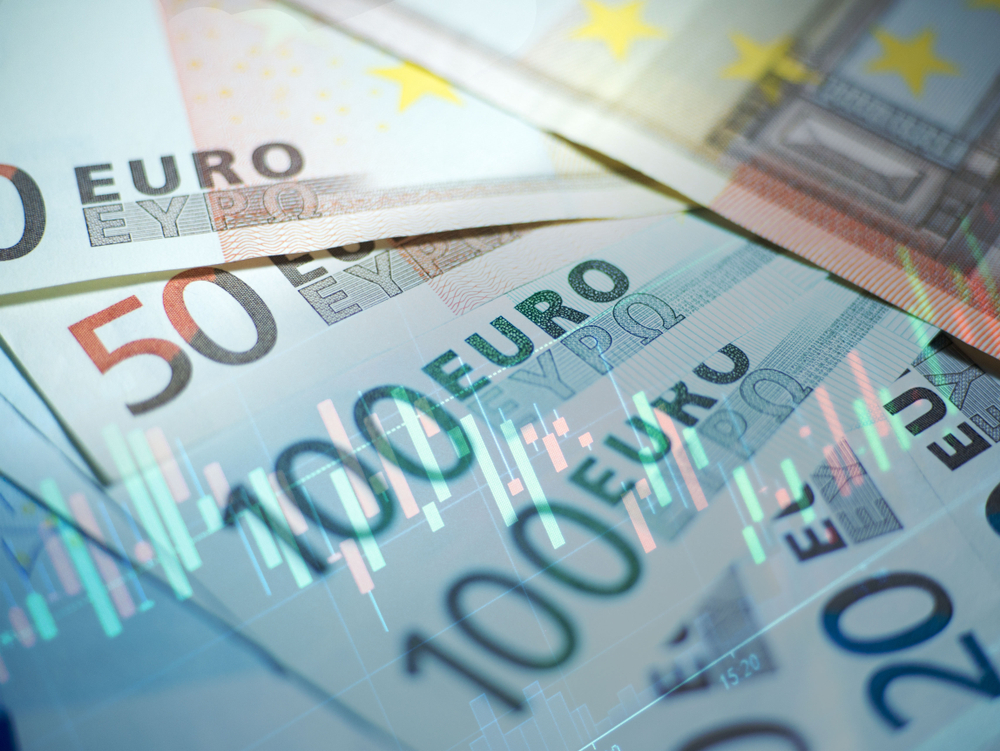
A number of currencies found themselves suffering in the foreign exchange markets on Thursday as the coronavirus pandemic continued to cause problems.
The single European currency was one of the currencies which suffered, and it found itself reaching close to its worst position in a fortnight.
It has been left reeling this week after a court in Germany put pressure on the European Central Bank to explain its proposed bond purchases.
That decision saw the ECB left forced to either make the justifications or lose the support of the Bundesbank in Germany when building its economic response to the coronavirus pandemic.
If the ECB does want to comply, it will have to do so within three months.
According to analysts, the decision has created some question marks over whether or not the planned buying-up of assets will be able to go ahead as discussed.
It is considered relatively essential that the plan goes ahead, especially given that some national European governments are considered to have not acted strongly enough.
At one stage over the course of Thursday, the euro did manage to rise a little against the US dollar.
However, as a result of the continued pressure from the decision it later declined in value and lost these advances.
At one point it was noted at $1.07785 in its pair with the greenback, which is its worst in nearly a couple of weeks.
Overall, it has lost around a percentage point and a half over the course of this week alone.
Elsewhere around the world, there was a slight boost for the pound after the British central bank – the Bank of England – revealed that it would not be enacting any more stimulus packages at this stage.
It was spotted up by 0.1% in its pair with the US dollar at one stage, at $1.2359 – although there were some losses too.
There is a bank holiday in the United Kingdom on Friday, which could lead to less activity in the British financial markets.
The Turkish lira was down, with the currency going to its worst ever position against the US dollar. It reached 7.25 at one stage.
In Norway, meanwhile, the main interest rate was slashed at a meeting of the central bank there.
It had previously been noted at 0.25% but was lowered to zero – a move which came as something of a shock to some traders.
The crown, which is the Norwegian currency, was down a little against both the greenback and also against the single currency.
However, it later managed to secure some gains as the news was digested by the markets.
In Japan, meanwhile, the safe haven yen – which had previously been riding high in the markets – was down a little against the greenback.
The dollar managed to surge by just under half a percentage point, reaching 106.57 yen at one stage.
This came in part because of the news that Chinese exports were up – a development that was far from expected by traders.
 Between 74-89% of CFD traders lose
Between 74-89% of CFD traders lose  Your capital is at risk
Your capital is at risk  Your capital is at risk
Your capital is at risk  Your capital is at risk
Your capital is at risk